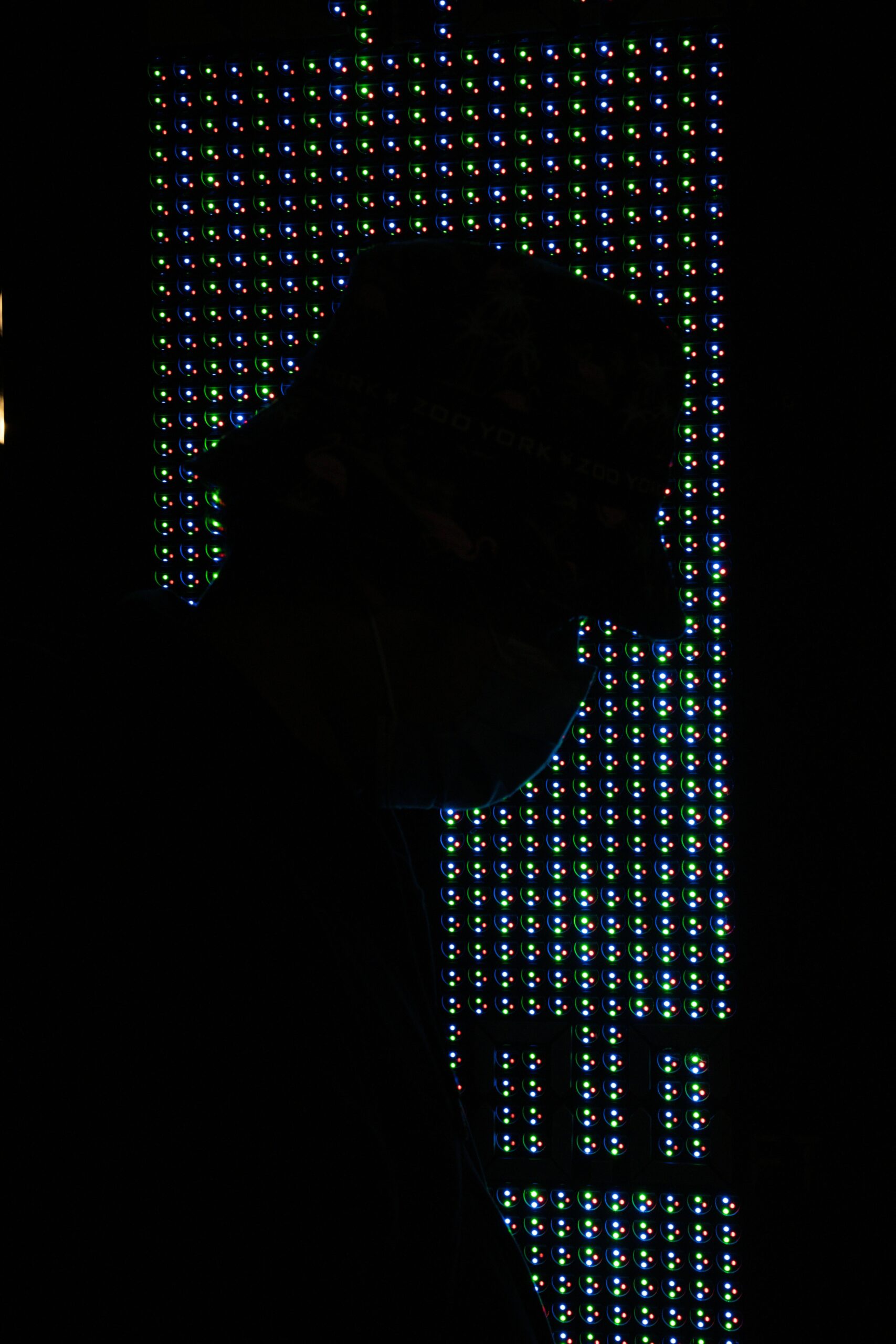In today’s hyper-connected world, our devices are more than just tools—they’re extensions of ourselves. But what if the very technology designed to empower us is quietly being used to control and manipulate? Welcome to the hidden world of tech abuse, where smartphones, apps, and gadgets become instruments of control, often lurking unnoticed in the background of everyday life. In this article, we’ll peel back the layers and explore how abuse hides within your devices, why it’s so hard to see, and what you can do to break free from its grip. Curious to know how your tech might be controlling you or someone you know? Let’s dive in.
Table of Contents
- The Silent Spy Within Your Smartphone How Apps Track More Than You Know
- When Smart Homes Get Smarter Than You Setting Boundaries for Connected Devices
- Escaping the Digital Grip Practical Steps to Reclaim Your Privacy and Freedom
- Recognizing the Red Flags Spotting Tech Abuse Before It Takes Over Your Life
- The Conclusion
The Silent Spy Within Your Smartphone How Apps Track More Than You Know
Every tap, swipe, and scroll you make on your smartphone contributes to an invisible data trail, meticulously gathered by seemingly innocent apps. These digital eavesdroppers dig far deeper than the permissions they request. It’s not just about location or contacts anymore; modern apps can access everything from your biometric data to your daily habits, revealing patterns you might never realize you’re sharing. The level of tracking often extends beyond your expectations, exploiting loopholes in operating system permissions and leveraging third-party trackers embedded within their code.
What’s truly unsettling is the subtlety with which this control is exerted. Many users remain unaware of these mechanisms, which can include:
- Background data harvesting that runs even when apps are closed;
- Microphone and camera activation without explicit consent;
- Behavioral profiling based on app usage patterns and interests;
- Cross-app tracking that pieces together your activity across multiple platforms.
Understanding these covert operations is the first step toward reclaiming your digital privacy, breaking free from the subtle grip apps hold over your life.
When Smart Homes Get Smarter Than You Setting Boundaries for Connected Devices
As our homes get infused with smarter technology, the line between convenience and control blurs dangerously. It’s no longer just about voice commands or automated lighting—*devices silently learn patterns, anticipate needs, and sometimes, overstep boundaries.* This evolving dynamic challenges our sense of autonomy, making it crucial to recognize when smart tech shifts from helpful to intrusive. From smart thermostats adjusting temperatures in ways you never requested to virtual assistants interpreting casual remarks as commands, the subtle ways technology governs our environments can leave us feeling less in control and more manipulated.
Taking back control means embracing intentional boundaries:
- Regularly auditing device permissions—knowing exactly what data your gadgets collect and share
- Setting clear rules for automated actions, ensuring your devices respond on your terms, not theirs
- Creating “tech-free zones” or times to reclaim privacy and mental space from constant connectivity
- Utilizing manual overrides as a safeguard against overreach or aberrant device behavior
By drawing these lines, we affirm that while devices can be smart, *our will remains the ultimate authority.* In a landscape where control can easily be outsourced to algorithms, safeguarding our personal agency is the strongest form of resistance against becoming victims of the very technologies designed to serve us.
Escaping the Digital Grip Practical Steps to Reclaim Your Privacy and Freedom
Modern devices are designed not only to serve us but often to monitor, influence, and restrict our digital lives in subtle, almost invisible ways. From apps that continually track our location to algorithms prioritizing addictive content, the digital grip tightens without most of us noticing. To break free, start by becoming aware of these hidden controls: which apps access your data, what permissions they demand, and how your online behavior is profiled. Simple steps like reviewing privacy settings, disabling unnecessary app permissions, and regularly clearing browsing data can drastically reduce your digital footprint.
Embracing practical habits empowers you to regain control over your privacy and freedom. Consider implementing these strategies:
- Use privacy-focused browsers and search engines that don’t track your activity.
- Enable two-factor authentication to secure your accounts against unauthorized access.
- Limit social media time and review what personal information you share online.
- Regularly audit connected apps and services—revoke access where it’s no longer needed.
- Invest in encrypted messaging platforms for truly private conversations.
By taking these deliberate steps, you dismantle the fortress of surveillance piece by piece, carving out space for freedom within your digital environment.
Recognizing the Red Flags Spotting Tech Abuse Before It Takes Over Your Life
Sometimes, the signs of tech abuse are so seamlessly woven into our daily routines that they go unnoticed until they’ve firmly taken root. When someone starts using technology as a means to invade your privacy or manipulate your choices, it’s crucial to remain vigilant. Unexpected password changes, unexplained tracking apps, or someone constantly monitoring your online activity are subtle alarms that shouldn’t be ignored. More than just an inconvenience, these behaviors signify boundaries being crossed under the guise of “keeping connected.”
Recognizing these patterns early can save you from a deeper web of control. Watch for:
- Continuous device checking or demanding access to your phone or computer.
- Excessive use of location sharing apps paired with pressure to stay “visible” at all times.
- Manipulation through communication apps like editing or deleting messages to distort the truth.
- Intense reactions to any tech usage that isn’t approved, shifting from concern to control.
By tuning into these signals, you reclaim your digital autonomy before it starts to erode your real-world freedom.
The Conclusion
As we continue to invite technology deeper into our lives, it’s crucial to pause and reflect on the subtle ways control can slip through the cracks of convenience. “Tech Abuse Unveiled” isn’t just a cautionary tale—it’s an invitation to stay curious, stay informed, and reclaim the autonomy that’s so easily overshadowed by the very devices designed to serve us. So next time your phone buzzes or your smart assistant chimes in, take a moment to ask: who’s really calling the shots? The answer might just surprise you.












